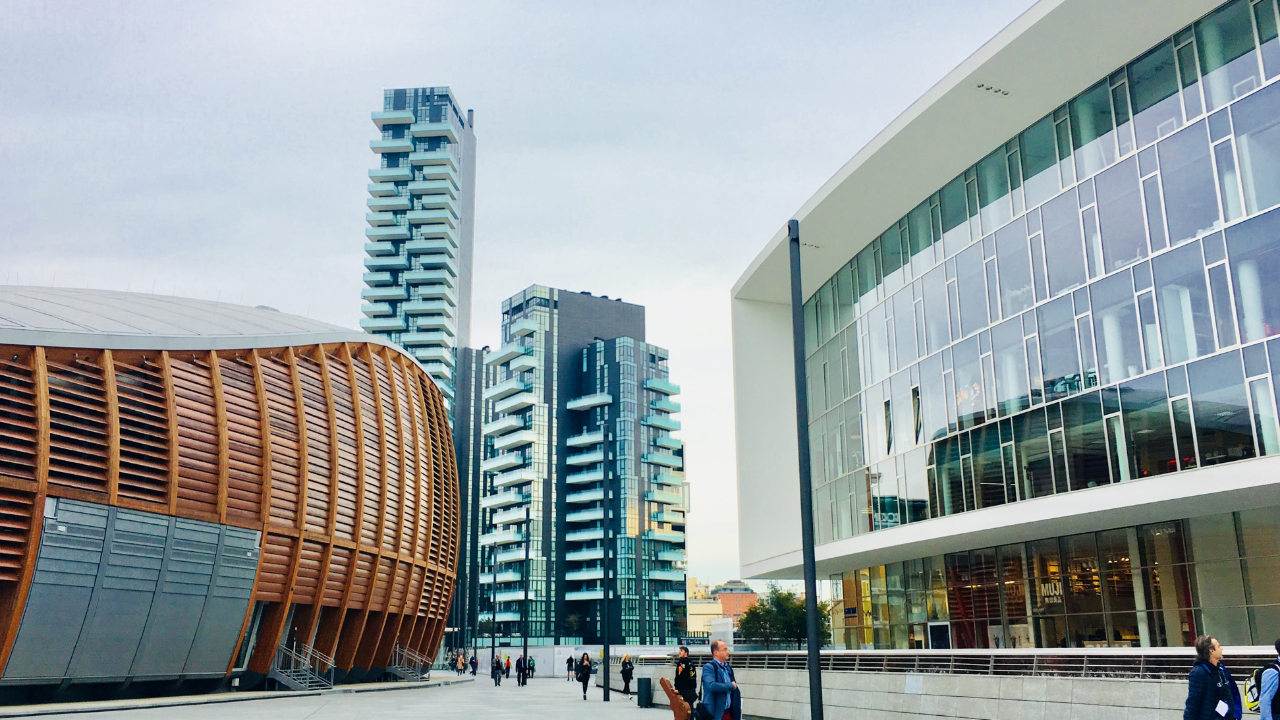Corporate real estate is at the center of attention as society navigates how to create a more distributed, flexible workforce.
According to Cushman & Wakefield’s Ecosystems of the Future report, this might mean a network of offices across cities large and small.
This is also commonly referred to as a hub-and-spoke model in which companies allow employees to work from home, access a core office for all-hands meetings and provide them with smaller offices closer to their homes.
Using a spoke office allows employees to still have shorter commutes, as well more socialization opportunities than they get when working from home.
Adopting this model meaning thinking through when and how to bring people together in order to maintain communication and culture.
Using technology not only aids in improving connections between distributed colleagues, but it also helps companies gather real-time data to have a deeper understanding of workspace usage and thus improve the employee experience.
“Investing in this new redefined workplace will be a competitive advantage to attract and retain the best and brightest,” said Stuart Harris, principal at business consulting at interior architecture and design firm PDR. “Once the economy comes back, talent will hold the upper hand, and employees will pick and choose organizations that invested in people through compelling work settings and flexible work models. Owners should prepare buildings to support and enhance these tenant strategies.”


 Dr. Gleb Tsipursky – The Office Whisperer
Dr. Gleb Tsipursky – The Office Whisperer Nirit Cohen – WorkFutures
Nirit Cohen – WorkFutures Angela Howard – Culture Expert
Angela Howard – Culture Expert Drew Jones – Design & Innovation
Drew Jones – Design & Innovation Jonathan Price – CRE & Flex Expert
Jonathan Price – CRE & Flex Expert











